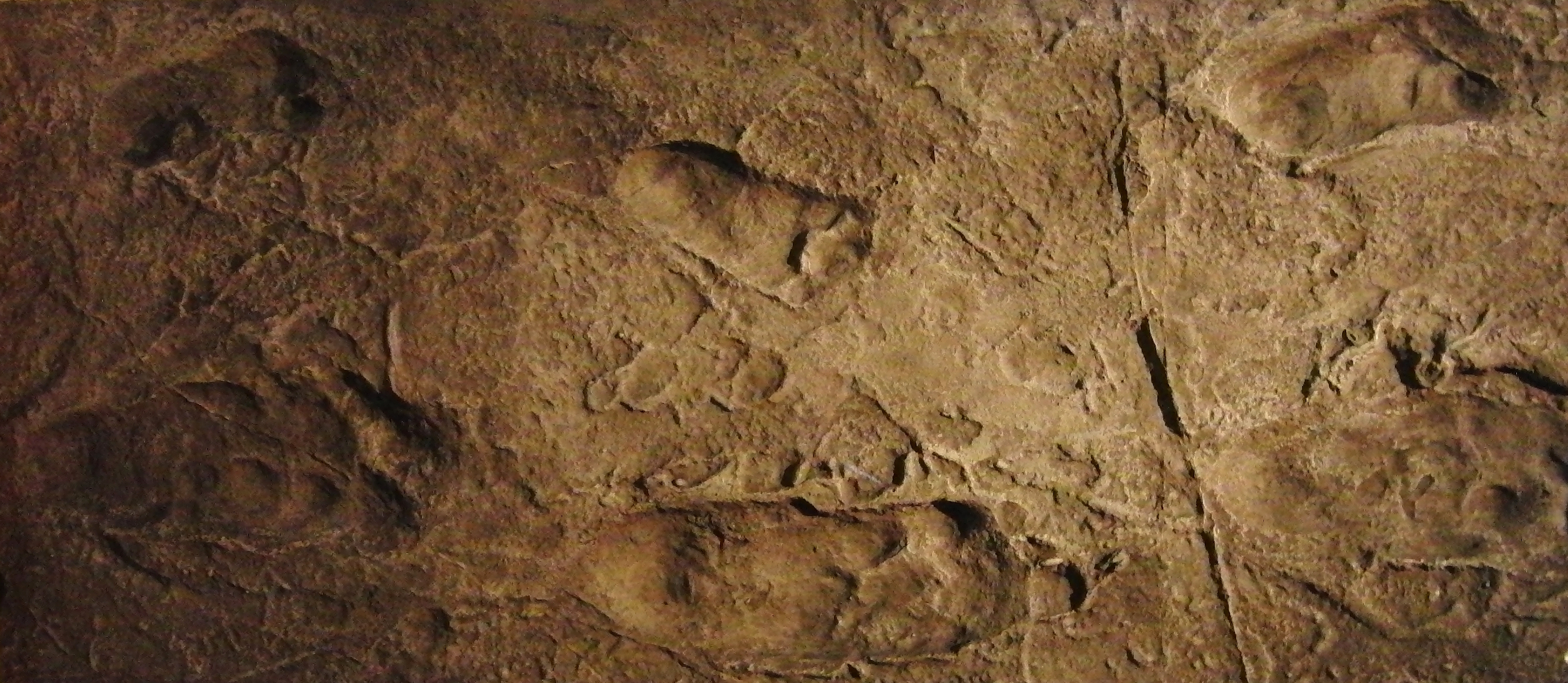Paleontologia
Na vida dos hominídeos eles ficavam, elas vinham, sugere estudo da Nature
O Australopithecus africanus viveu há 2,2 milhões de anos na actual África do Sul
Há mais de um milhão de anos, na savana situada no que é hoje a África do Sul, os grupos de hominídeos teriam uma história de vida diferente consoante fossem machos ou fêmeas. Um estudo publicado esta quarta-feira na Nature sugere que enquanto os hominídeos masculinos mantinham-se no mesmo habitat desde que nasciam até à morte, as fêmeas teriam crescido num local diferente e acabavam por morrer noutra região.
A descoberta não foi feita a partir de fósseis novos encontrados. O trabalho de uma equipa internacional de cientistas dos Estados Unidos, da Alemanha, Suiça, Inglaterra e da África do Sul utilizou técnicas diferentes para recolher esta informação.
O estudo focou-se nos fósseis de dentes de duas espécies de hominídeos. O Australopithecus africanus, viveu há 2,2 milhões de anos e foi possivelmente antepassado directo do Homem, e o Paranthropus robustus, que viveu há 1,8 milhões de anos, e foi um primo.
Os fósseis de cada espécie foram encontrados em duas grutas no Noroeste da África do Sul, que estão a poucos quilómetros de distância uma da outra. A equipa analisou a quantidade relativa de um metal chamado estrôncio, que existe no esmalte dos dentes.
Este elemento químico está nos minerais e é absorvido pelas plantas, entrando assim nos ecossistemas. Durante o crescimento dos animais, o estrôncio acumula-se no esmalte dos dentes. A percentagem relativa de isótopos deste metal que existe no ambiente vai ficar registada nos dentes e serve de assinatura do local onde os hominídeos cresceram.
“Um dos nossos objectivos foi tentar encontrar algo sobre o uso da paisagem dos primeiros hominídeos”, disse em comunicado Sandi Copeland, primeira autora do artigo da "Nature", que trabalha no Instituto Max Planck, em Leipzig, Alemanha. “Aqui, tivemos um vislumbre directo dos movimentos geográficos dos primeiros hominídeos, e parece que as fêmeas moviam-se preferencialmente para longe dos grupos onde residiam.”
A equipa analisou fósseis de oito indivíduos de Australopithecus africanus e 11 de Paranthropus robustus. A percentagem relativa de isótopos de estrôncio nos dentes das fêmeas, que por norma são mais pequenos, mostrava que pelo menos metade tinham vindo de outro sítio. Enquanto nos machos esta percentagem era apenas de dez por cento.
“O que os resultados mostram é que as fêmeas vinham mais de fora da região do que os machos. Não vinham de muito longe, mas não era o mesmo grupo natal onde cresceram”, disse à BBC News Julia Lee-Thorpe, investigadora da Universidade de Oxford que fez parte da equipa. “Não sabemos se as fêmeas derivaram de outro grupo, se vieram de propósito, ou se foram sequestradas; não temos forma de saber esse tipo de detalhes, mas na generalidade, a maioria das fêmeas veio de outro lugar.”
Este comportamento é o que acontece nos chimpanzés, onde os machos ficam no mesmo sítio onde nascem e as fêmeas são obrigadas a abandonar o grupo para não haver consanguinidade. Algo que não acontece, por exemplo nos gorilas, onde tanto os machos como as fêmea migram do grupo onde nasceram.



_and_her_husband_Louis_Seymour_Bazett_Leakey_(1903-1972).jpg/1280px-Mary_Douglas_Nicol_Leakey_(1913-1996)_and_her_husband_Louis_Seymour_Bazett_Leakey_(1903-1972).jpg)


